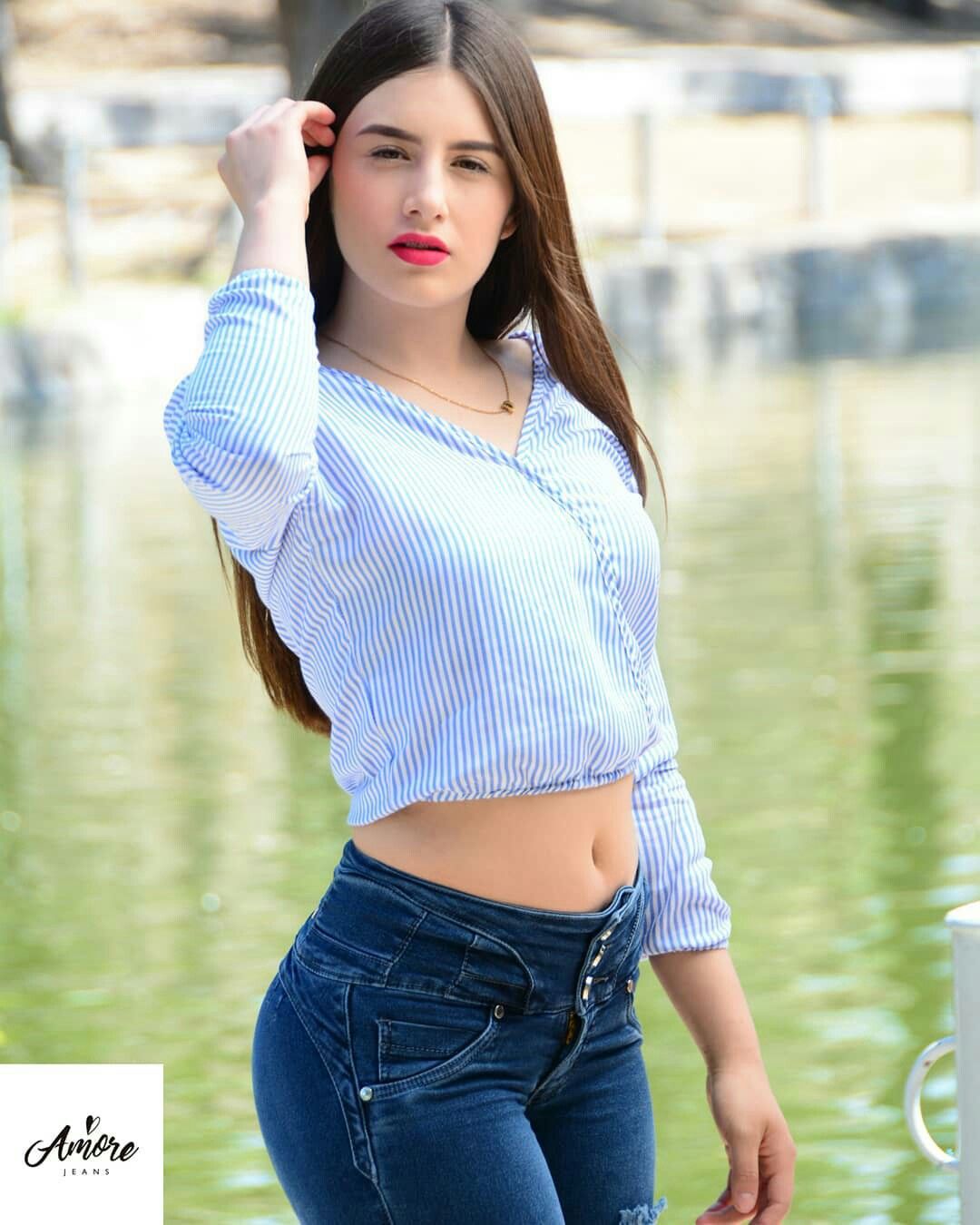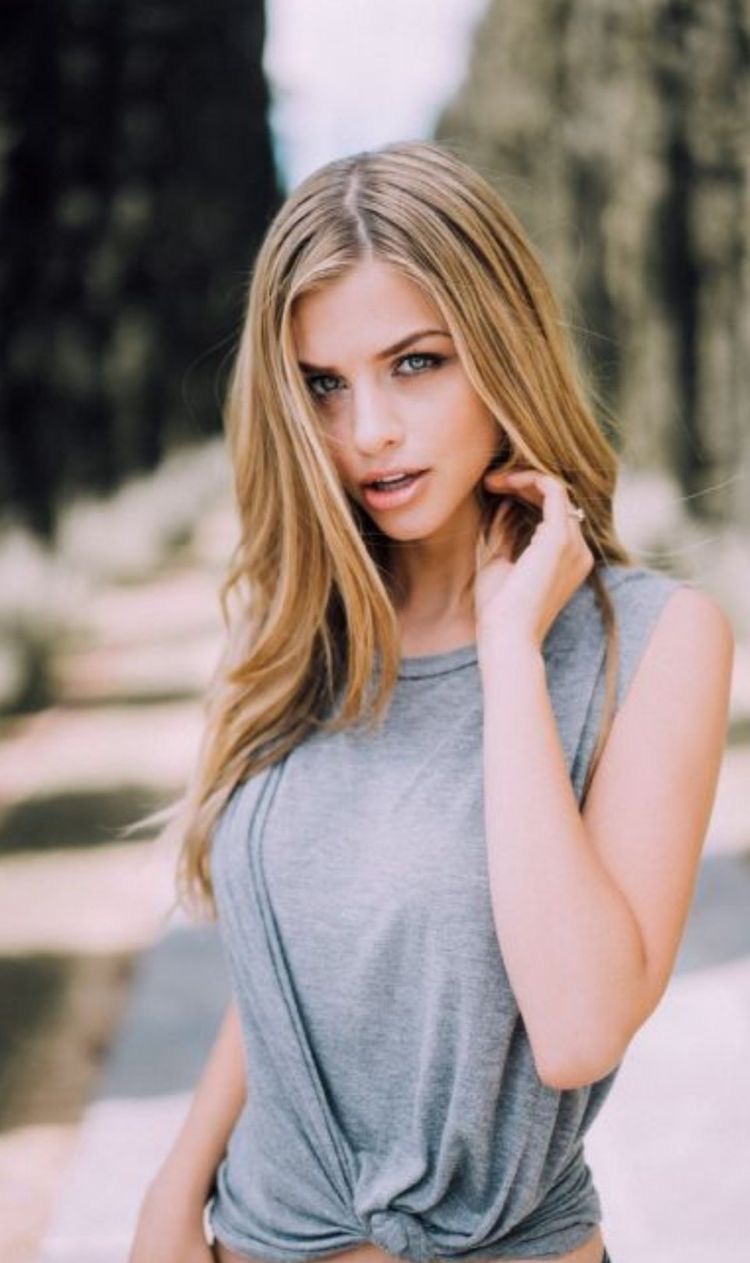Is the pursuit of beauty a timeless obsession, or a fleeting trend? Across cultures and throughout history, the concept of beautiful women has captivated artists, writers, and the general public alike, shaping perceptions and influencing ideals of aesthetics.
From the Renaissance masters who immortalized idealized female forms on canvas, to contemporary photographers capturing the essence of beauty in the digital age, the fascination with the feminine form remains a constant. Platforms like Pinterest and Unsplash offer vast repositories of images, each contributing to a collective understanding, and often, a subjective interpretation, of what constitutes beautiful. The proliferation of these images begs the question: what defines beauty in the 21st century? Is it a matter of genetics, societal conditioning, or individual perspective?
Let's delve deeper into the multifaceted world of how we perceive and define beauty. While specific individuals are not named in the provided source material, let's use the concept to illustrate a fictional figure, Isabella Rossi, to examine the evolution of beauty standards and the diverse ways in which they are represented and perceived across various platforms.
The visual platforms discussed, like Pinterest, serve as curated collections of diverse images. A search for mujeres hermosas (beautiful women) on Pinterest, for instance, yields a vast array of images, reflecting varying aesthetic preferences and cultural influences. One could find inspiration from the idealized figures of the past to contemporary portrayals that challenge conventional standards. The sheer volume of content – as evidenced by the 900+ ideas mentioned – highlights the sustained interest in this subject matter. The popularity of boards dedicated to Mujeres hermosas speaks to the enduring appeal of the feminine form and the ongoing quest to define and appreciate beauty.
Unsplash, known for its royalty-free images, offers another perspective. The accessibility of images allows for a broad range of representations, allowing creators to source imagery for various projects without the constraints of copyright. Searching woman beautiful on Unsplash provides a diverse collection of images, each captured by a different photographer, reflecting a variety of styles and interpretations. The lack of attribution requirements democratizes the use of these images, making them accessible for commercial and personal use alike. This accessibility contributes to the widespread dissemination of visual representations of beauty, impacting everything from advertising to artistic endeavors.
The content also references platforms such as Pixabay and Shutterstock, which offer extensive libraries of stock photos and images. These platforms provide a more structured and commercially oriented approach to image sourcing. With millions of images available, they cater to the needs of businesses, media outlets, and individuals who require high-quality visuals. The vastness of these collections highlights the demand for images related to beauty, and the importance of visual content in contemporary communication.
The evolution of beauty standards is not a linear progression, but a dynamic interplay of cultural, social, and technological factors. The images that circulate online often reflect the ideals prevalent in a specific time and place, and in some cases, they can also serve as a catalyst for change. The influence of media, fashion, and advertising further shapes perceptions, contributing to both the celebration of diversity and the perpetuation of unrealistic beauty ideals. This interplay is evident in the shifting preferences and the continuous evolution of aesthetic trends.
The use of images in fashion, advertising, and art provides powerful vehicles for shaping beauty ideals. Throughout history, artists have played a crucial role in codifying beauty standards. Think of the classical sculptures and paintings that established specific proportions and features as ideals. In the modern era, the fashion industry, through its runway shows, magazine editorials, and advertising campaigns, exerts a considerable influence on how beauty is perceived. These images, often digitally altered, can create unattainable standards that affect body image and self-esteem.
Social media has further amplified the impact of visual culture. Platforms like Instagram and TikTok have democratized image creation and dissemination, allowing anyone to become a content creator. This has led to both positive and negative outcomes. On the one hand, social media provides opportunities for individuals to express their creativity and share their unique perspectives on beauty. On the other hand, it can create pressure to conform to certain aesthetic standards. The curated nature of many social media feeds can lead to a distorted view of reality, and a constant comparison with others.
The rise of body positivity movements and the increasing recognition of diverse beauty standards represent a counter-narrative to the traditional, often restrictive, ideals. These movements celebrate different body types, skin tones, and cultural backgrounds. They challenge the narrow definitions of beauty that have dominated the media for so long. This shift indicates a growing awareness of the negative impact of unrealistic beauty standards, and a desire for a more inclusive and authentic representation of beauty.
The examples of Pinterest boards with Mujeres hermosas and the accessibility of images on Unsplash and Shutterstock underscore the vast reach of these visual representations. The sheer volume of content – 2.511.433 Mujeres Hermosas Stock Photos – available reflects both the enduring appeal of the subject matter and the demand for these types of images across various industries. The ongoing discourse surrounding beauty standards prompts crucial questions about how these images shape our perceptions and what responsibility we have to promote a more inclusive and representative vision of beauty. The availability of such a vast array of images also allows for a nuanced examination of beauty across different cultures, time periods, and individual perspectives.
The act of curating visual content, as seen in Pinterest boards and the selection of images on platforms like Unsplash, inherently involves a subjective element. The choices made by the curators and image creators reflect their own personal tastes, aesthetic sensibilities, and cultural biases. This subjectivity highlights the importance of critical engagement with visual content. When viewing images of beautiful women, it is essential to consider the context in which they were created, the message they convey, and the potential impact they may have on our own perceptions and beliefs.
Moreover, the prevalence of Mujeres bellas (beautiful women) imagery prompts questions about the representation of women in the media and the potential for objectification. It is important to critically assess whether the images reinforce harmful stereotypes or celebrate the diversity and complexity of womanhood. The rise of movements that challenge traditional beauty standards signals a desire for more authentic and empowering representations of women. This ongoing conversation is crucial in shaping a more equitable and inclusive visual landscape.
Technological advancements, such as the use of image editing software and artificial intelligence, are also transforming the way we create and consume images. The ability to manipulate images raises ethical concerns about authenticity and transparency. The potential for deepfakes and other forms of digital alteration highlights the need for media literacy and critical thinking skills. As technology continues to evolve, it is essential to remain vigilant about the impact of these tools on our understanding of beauty and representation.
Ultimately, the pursuit of beauty remains a deeply human endeavor. The visual landscape of beautiful women reflects the aspirations, ideals, and cultural values of a given time. By analyzing the images that surround us, we can gain a deeper understanding of ourselves, our societies, and the ever-evolving definition of beauty. This requires a critical and discerning approach, one that considers the context, the creators, and the potential impact of the images we encounter. The ongoing exploration of this subject provides a rich opportunity for artistic expression, cultural exchange, and the continued quest for self-discovery.



